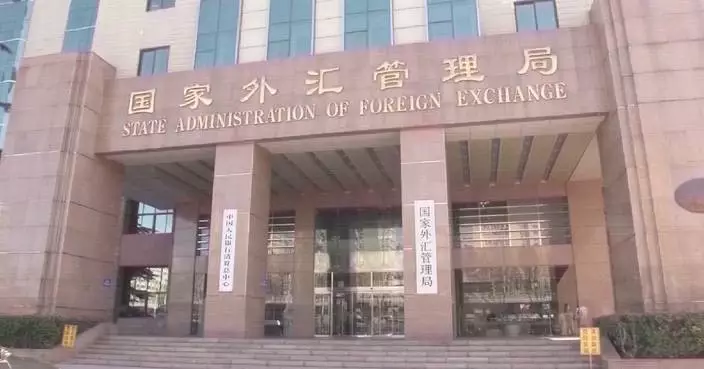China and Australia are poised to strengthen their economic ties, with their highly complementary economies set to benefit from mutually beneficial trade cooperation, said spokeswoman of the Chinese Ministry of Commerce He Yongqian on Thursday.
He's remarks came as she briefed the media on China's lifting of import restrictions on Australian lobsters at ports in accordance with law and regulations.
This decision was made after the relevant departments of both China and Australia conducted in-depth and effective technical communications regarding the export of lobsters to China, and the Chinese side evaluated the corrective measures provided by the Australian side, the spokeswoman said.
"From last year, the two sides have have engaged in consultations on economic and trade issues of concern in accordance with WTO rules and achieved fruitful results. The economics of China and Australia are highly complementary, and it serves the interests of both sides to carry on mutually-beneficial economic and trade cooperation. We hope that the two sides will continue to expand and deepen economic and trade cooperation in traditional and emerging areas and promote the high-quality development of China-Australia economic and trade relations," said He.
China was previously one of the largest export destinations for Australia's lobsters. About 95 percent of Australia's lobster exports in 2019 went to China, worth 750 million Australian dollars, according to media reports.
Australian lobster trade cooled down due to quality issues detected by Chinese customs in late 2020. This precautionary measure aimed to ensure health and safety of Chinese consumers.

China hopes to deepen economic, trade cooperation with Australia: spokeswoman
China's Shanghai-Suzhou-Huzhou high-speed railway officially entered service on Thursday,linking the financial hub of Shanghai with the historic cities of Suzhou and Huzhou in a major boost to regional connectivity.
The high-speed railway has a designed speed of 350 km per hour and spans 164 km, connecting Shanghai Hongqiao Station with Suzhou City in Jiangsu Province and Huzhou City in Zhejiang Province. The railway has eight stations, providing convenient access to major cities and towns along the route.
This is the first high-speed railway connecting the three major economic hubs of Jiangsu, Zhejiang and Shanghai in the Yangtze River Delta, according to Chen Guoquan, the railway project designer from China Railway Construction Corporation.
Residents are excited about the operation as the new high-speed railway is expected to significantly reduce travel times and improve connectivity between the three cities.
"We're in Huzhou city. It's so convenient for us to travel by high-speed train to Shanghai. It's good for people like us, so I'm very delighted," said a passenger.
"We have several places to visit. All the four people are excited. They all arrived early," said another passenger.
Before this new train service, the journey between Huzhou and Shanghai took about two hours. Now, it only takes around 50 minutes.
With the new railway, the operating length of the railway network in the Yangtze River Delta region has surpassed 15,000 km, over half of which is high-speed rail.
Along the railway, high-end industries are expected to cluster, further accelerating the high-quality development of the economic belt, according to Zhang Zhipeng, associate professor at Shanghai Jiao Tong University.

Shanghai-Suzhou-Huzhou high-speed rail line starts operation











